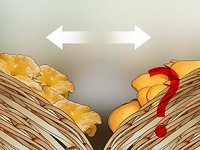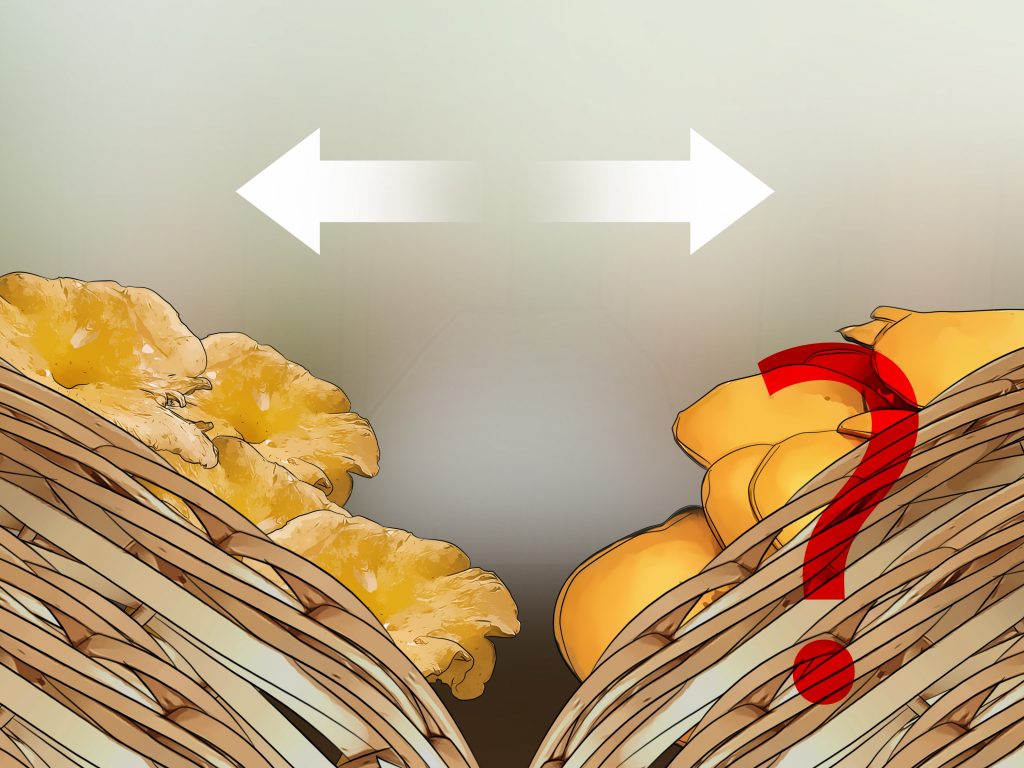
Co-authored by:
Registered Professional Biologist
This article was co-authored by Michael Simpson, PhD. Dr. Michael Simpson (Mike) is a Registered Professional Biologist in British Columbia, Canada. He has over 20 years of experience in ecology research and professional practice in Britain and North America, with an emphasis on plants and biological diversity. Mike also specializes in science communication and providing education and technical support for ecology projects. Mike received a BSc with honors in Ecology and an MA in Society, Science, and Nature from The University of Lancaster in England as well as a Ph.D. from the University of Alberta. He has worked in British, North American, and South American ecosystems, and with First Nations communities, non-profits, government, academia, and industry. This article has been viewed 370,871 times.
Co-authors: 7
Updated: January 25, 2024
Views: 370,871
Article SummaryXThere are thousands of mushrooms species, some poisonous and some edible. Certain poisonous and edible mushrooms look very similar, so you should never eat a mushroom unless you’re 100 percent certain what kind it is. In general, you should avoid mushrooms that have white gills. You should also steer clear of mushrooms that have a ring around the stem and/or a bulbous base, which may be above or below ground. Mushrooms with red on the stem or cap are also likely to be poisonous. Poisonous mushrooms typically have an unpleasant smell, but not always. Keep in mind that there are many poisonous mushrooms without these characteristics. Never eat a wild mushroom before having an expert correctly identify it.
Print
Send fan mail to authors
Thanks to all authors for creating a page that has been read 370,871 times.

